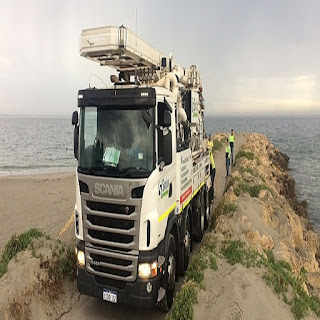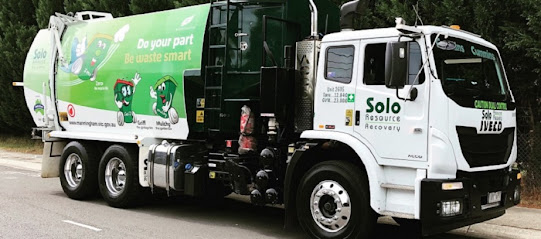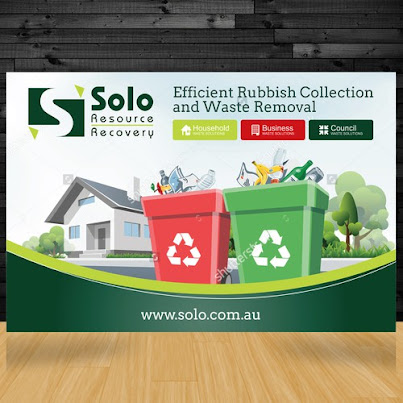Geotech Investigations and Efficient Rubbish Collection Services Assist Building Engineers in Developing Safe and Cost-Effective Designs

Geotechnical investigations have grown in importance in preventing harm to people and property caused by construction activities, earthquakes, disasters, and other natural calamities. On-site exploration, mapping, sampling, and laboratory testing of field samples are all part of the scope of geotechnical investigations. Solo Resource Recovery has skilled specialists and a trained crew to conduct geotechnical investigations using cutting-edge technology and instruments to get the best results from your geotechnical studies. Geotech investigations by Solo Resource Recovery can cover the below: Data collection The company’s geotech investigation will utilise its extensive knowledge of Australia’s soil conditions, and use topography maps, geology maps, and weather data, to evaluate the regional geology conditions, and formation of soils to assess the suitability of a project. Geotechnical investigations The investigations will include, but are not limited to: ...





